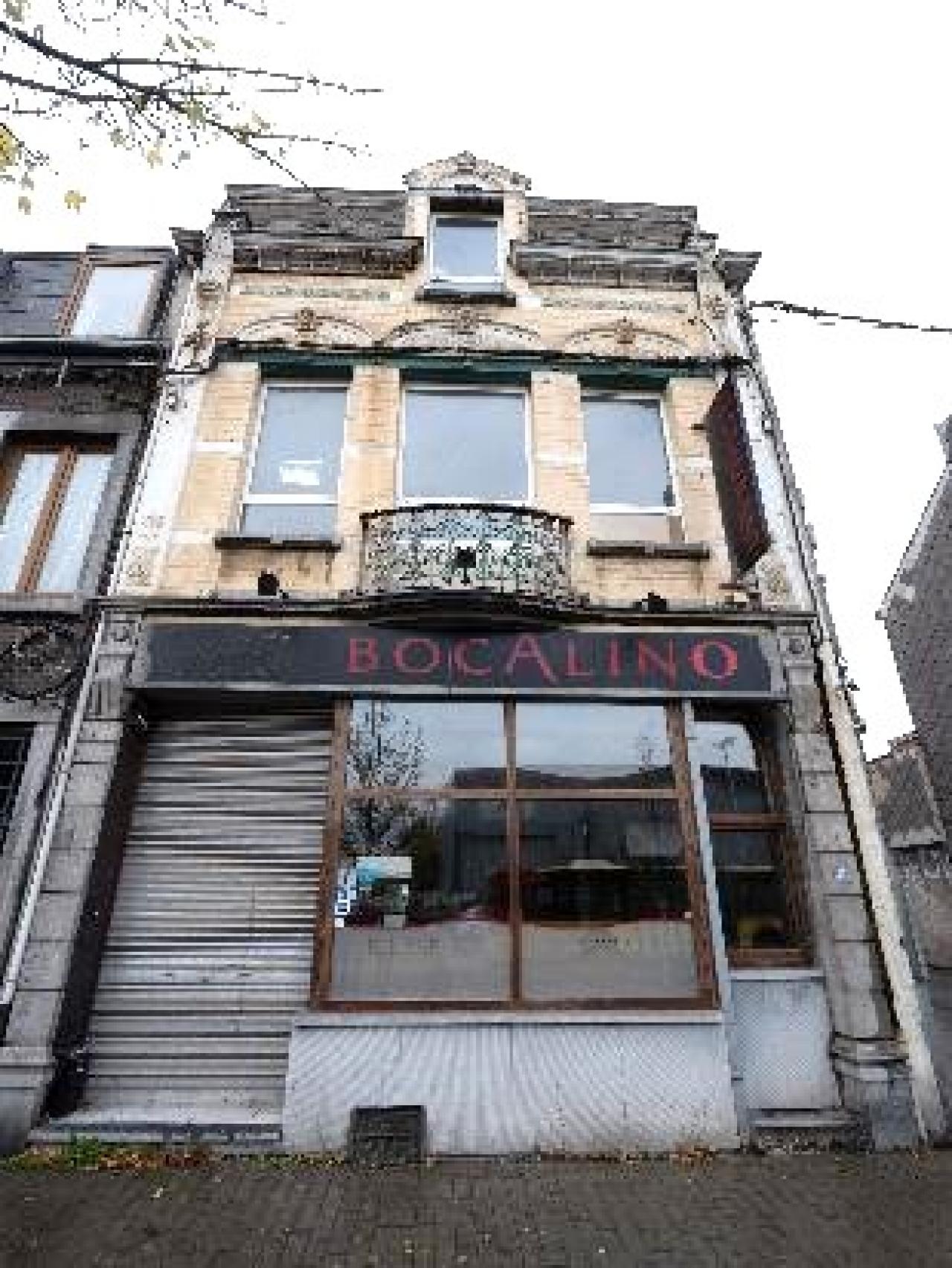
Following the good practice of Chemnitz, the city of Seraing will soon open a housing agency to support owners in their renovation project. Bénédicte Borckmans reports on a pilot study whose results will be very helpful for the work of the future agency.
The agency will need the necessary tools to provide a wise and efficient service to help owners in their renovation project. The first step of the process is to have a good understanding of the existing situation, the condition of the building and the work that has to be done to improve it.
With this in mind, we decided to launch a pilot renovation diagnosis on three houses representative of the old industrial districts, which are mostly workers' houses or mansions from the end of the 19th or the beginning of the 20th century, sometimes, with commercial ground floor, without specific access to upper floors.

A letter and a questionnaire addressed to some 150 owners of vacant buildings, enabled us to select three houses with typical profiles of our real estate stock, to carry out a diagnosis. An architecture office, designated by public tender, had three months to complete the three pilot’s diagnosis. These will serve as an example for other owners to initiate theirs.
The diagnosis as a valuable tool
The renovation diagnosis will guide the owner's future choices. Depending on the scope of the work and the investment required to carry it out, the owner can decide to undertake the work himself or to use a renovation company. He might also prefer to put his property up for sale. The diagnosis must therefore include an estimate of the market value of the property. In this case, the diagnosis will be useful to the new owner responsible in turn for the refurbishment project.
These three examples will be used as a basis to write a guide to help owners to make their own renovation diagnosis. This one should include the main following steps:
1. How to carry out a complete inventory of the condition of the building and materials, interior and exterior.
2. How to detect potential problems such as humidity, stability problems, etc., that might require urgent conservation measures.
3. How to list the different renovation works and their priorities.
4. How to estimate the necessary budget to carry out the works.
The guide should also include information relating to municipal and regional regulations applicable to housing renovation, as well as premiums and tax reductions.
The good news is that after the diagnosis was completed, one of the buildings was sold very quickly, another found a potential tenant. Hopefully the existence of the diagnosis, which now benefits the buyer, has something to do with it!


